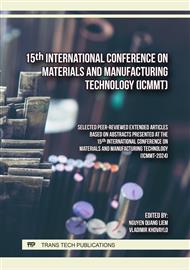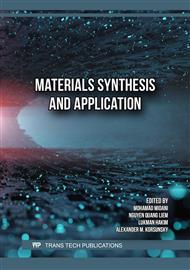p.3
p.9
p.17
p.25
p.33
p.43
p.53
p.75
Influence of Silicon on Solidification Behavior, Microstructure and Oxidation Resistance of Gray Iron for Cookware Applications
Abstract:
Gray iron, a widely used engineering material, is favored for its desirable properties such as good damping capacity, thermal conductivity, and corrosion resistance. However, when exposed to elevated temperatures over time, issues like oxidation and graphite depletion can impact its durability. High-silicon gray iron, with elevated silicon content exceeding 3.0%, is known for its ability to withstand heat and oxidation, making it suitable for many applications, including cookware. This study investigates the impact of varying silicon levels (2.00-4.56%Si) on the solidification behavior, microstructure, and oxidation resistance of gray iron. Three heats with different silicon concentrations were produced and analyzed. Results indicated that higher silicon content increases the eutectoid temperature, stabilizes the ferritic structure, and introduces Type-D graphite in the microstructure. Graphite depletion was observed only in samples with 2.00%Si. The oxidation resistance improved with higher silicon content, as evidenced by a decrease in weight gain after exposure to 800 °C for 4 hours. This suggests the potential of using lower silicon levels in gray iron for cookware applications, balancing material cost with good impact resistance.
Info:
Periodical:
Pages:
17-23
Citation:
Online since:
August 2024
Keywords:
Price:
Сopyright:
© 2024 Trans Tech Publications Ltd. All Rights Reserved
Share:
Citation:



